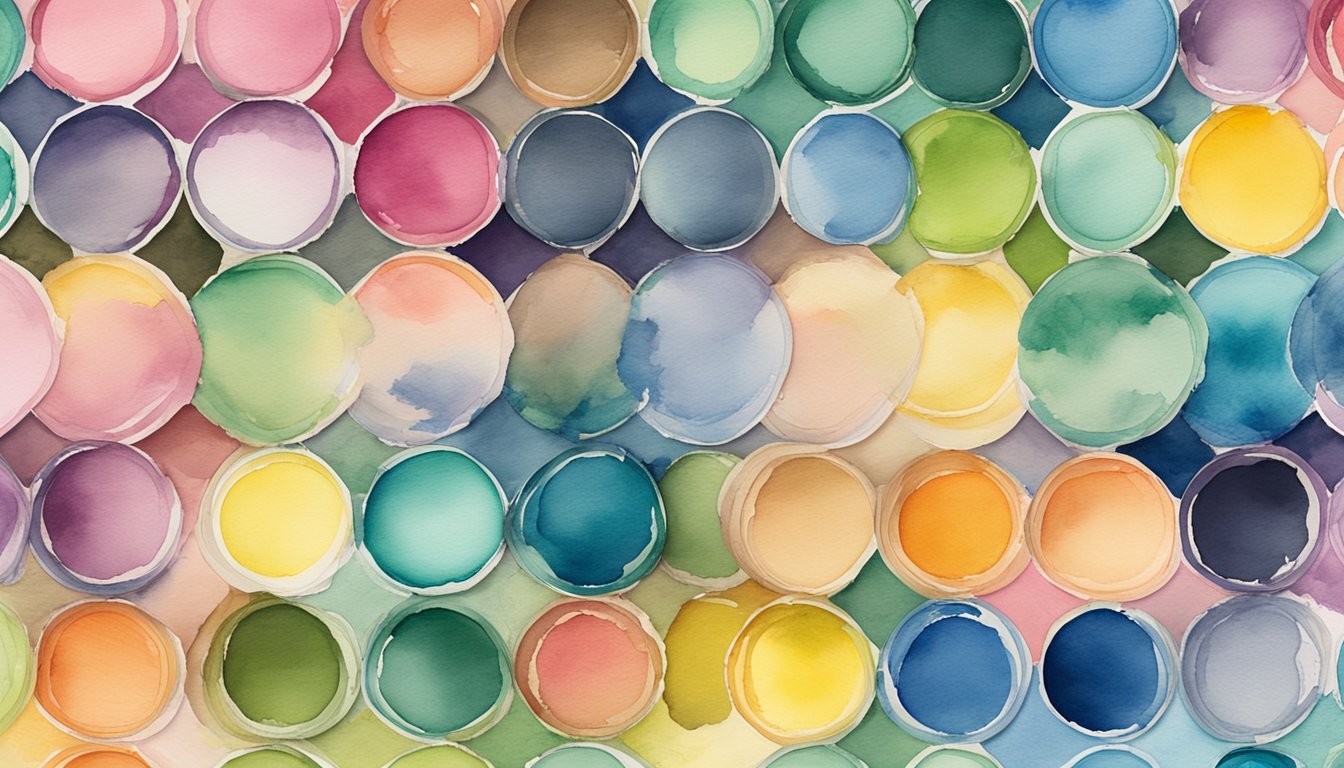Understanding Favorite Colors
When one selects a favorite color, it may reflect various psychological, cultural, and gender-specific influences. These favorite hues can subtly speak to a person’s personality, their cultural background, and even potentially align with societal gender norms.
Psychological Perspectives
Psychologists have suggested that personal color preference may be linked to how individuals want to appear or be perceived by others, often connecting a color with certain traits. For example, those who favor yellow are often associated with optimism and happiness, supposedly emitting an infectious, pleasant nature. This falls into the broader field of color psychology, where colors can influence one’s state of mind and emotions — like blue’s association with trust and tranquility.
Cultural Influences
The role of culture cannot be underestimated when it comes to color preferences. Different societies ascribe various meanings and significances to colors that can deeply influence individual choices. For instance, in some cultures, white is the color of purity and peace, while in others, it may be associated with mourning. These cultural associations are often deeply ingrained and can shape the unconscious leaning towards one color over other options.
Color Preference by Gender
Research has shown that gender may influence color preference, with certain colors traditionally being favored by different genders. Although these trends are often based on societal norms and can vary greatly across different cultures and individuals, studies have nonetheless identified patterns. For example, blue tends to be a commonly preferred color among all genders but traditionally, pastel colors like pink have been linked with feminine gender norms while darker colors such as blue or green have been associated with masculine ones. However, such gendered color norms are continually evolving with changing social perceptions.
Color Trends and Preferences

The color preferences of individuals have significant implications in various aspects of life, from personal taste to marketing strategies. Studies have shed light on which colors have historically been most popular, how certain colors become associated with objects, and the pivotal role colors play in user engagement and shopping behavior.
Historical Popularity
Since 2015, several colors have risen to prominence in the public’s preference. According to surveys, blue has consistently been a top pick among various demographic groups. Researchers like Karen Schloss have conducted extensive studies to confirm these preferences, with findings indicating a strong affinity for blues, along with greens and purples.
Color and Object Associations
Color association is a critical aspect of how people perceive the world. Specific colors have been tied to objects and experiences, creating a subconscious link between hue and taste or mood. For example, reds often evoke feelings of energy and urgency, making them a go-to choice for brands that wish to attract immediate attention. In contrast, blues are typically associated with a sense of calm and reliability.
Marketing and Color Choices
Marketers carefully select colors to influence user decisions. It’s been observed that colors alone can affect up to 90% of an initial impression, with color influencing 85% of shoppers’ purchase decisions. Notably, colorful advertising tends to draw more user engagement than its less vibrant counterparts, as vivid hues help create memorable brand images.

